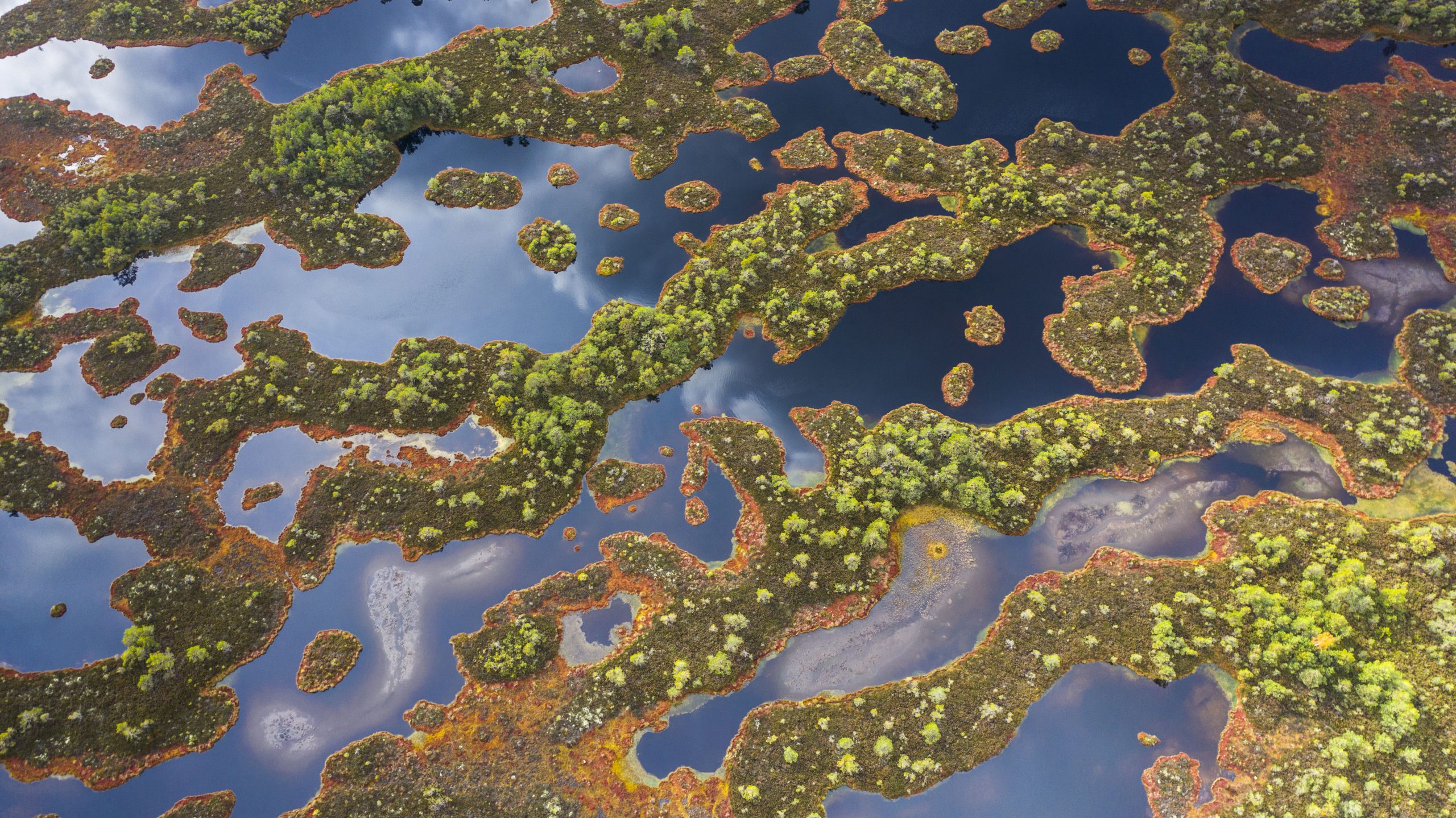News
Tackling climate change and biodiversity loss together

News | Nov 2020
Image: Wirestock/Adobe Stock
Climate change and biodiversity loss are twin crises that should be tackled together. Conserving, managing, and restoring ecosystems are key to success.
In addition to the direct impacts on the economy, societies and people’s health, rapidly advancing climate change negatively impacts many of the world’s species and ecosystems, driving biodiversity loss. At the same time, protecting and restoring biodiversity is crucial to addressing climate change.
Working with nature to conserve, manage and restore ecosystems – known as nature-based solutions – is one of the most cost-effective approaches to both mitigating and adapting to climate change.
Recent research found that restoring 30% of lands that have been converted for farming in priority areas, alongside retaining natural ecosystems, would prevent over 70% of projected extinctions of mammals, birds and amphibians whilst also putting us on track to sequester almost half of all the CO2 increase in the atmosphere since the Industrial Revolution.
Nature-based solutions such as restoration are particularly effective because, unlike infrastructure-based interventions, actions that boost biodiversity can help to tackle climate change in two ways at once: through mitigation and adaptation. As well as sequestering and storing carbon, ecosystems can help communities adapt to the negative impacts of climate change, as well as providing multiple other benefits.
Here are 4 examples of how conserving, managing, and restoring ecosystems can contribute to both climate change mitigation and adaptation:
Peatlands
- Although they cover less than 3% of global land surface, estimates suggest that peatlands contain twice as much carbon as the world’s forests, and so peatland conservation is crucial to storing carbon. Ensuring healthy peatlands also help to lessen the impact of climate change by regulating water flows, reducing flooding and droughts.
Forests
- It is estimated that forests absorb about 30% of current levels of carbon emissions from fossil fuels and industry into their biomass and soils. Conservation and restoration of upland forests can also aid adaptation by stabilising mountain slopes and regulating water flows, protecting people and communities from flash flooding and landslides as rainfall increases.
Seagrass
- Though they cover only 0.1% of the ocean floor, seagrass meadows are estimated to be responsible for more than 10% of carbon buried annually in ocean sediments, and so conserving seagrass is crucial to mitigating climate change. Measures to support seagrass meadows can also help adaptation for coastal communities by increasing food security; they provide valuable nursery habitats to more than 20% of the world’s largest fisheries.
Mangroves
- Mangroves make up less than 1% of all tropical forests around the world, but their soils are highly effective carbon sinks, locking away large quantities of carbon and stopping it from entering the atmosphere. Conserving, managing, and restoring mangrove forests is also vital in helping society adapt to climate change impacts as they reduce the impact of storm surges and rising sea levels on coastal communities.
The next ten years is a crucial window for tackling climate change and biodiversity loss. Success will require coordinated, global efforts and local actions that address both issues in an integrated manner. Scaling up the use of nature-based solutions is a critical part of this work.
Achieving this will depend on increasing awareness of and building capacity towards implementing nature-based solutions across governments, businesses, and communities. Continuing to build the growing evidence base on nature-based solutions and their effectiveness will also be crucial, and there is a growing range of tools to advise on best practice.
As the international community looks to the launch of the UN Decade of Action on the Sustainable Development Goals and the UN Decade on Ecosystem Restoration next year, nature-based solutions are of particular importance. Ambitious steps to conserve, manage, and restore ecosystems could unlock multiple, essential benefits for both people and planet.
Have a query?
Contact us
communications@unep-wcmc.org
